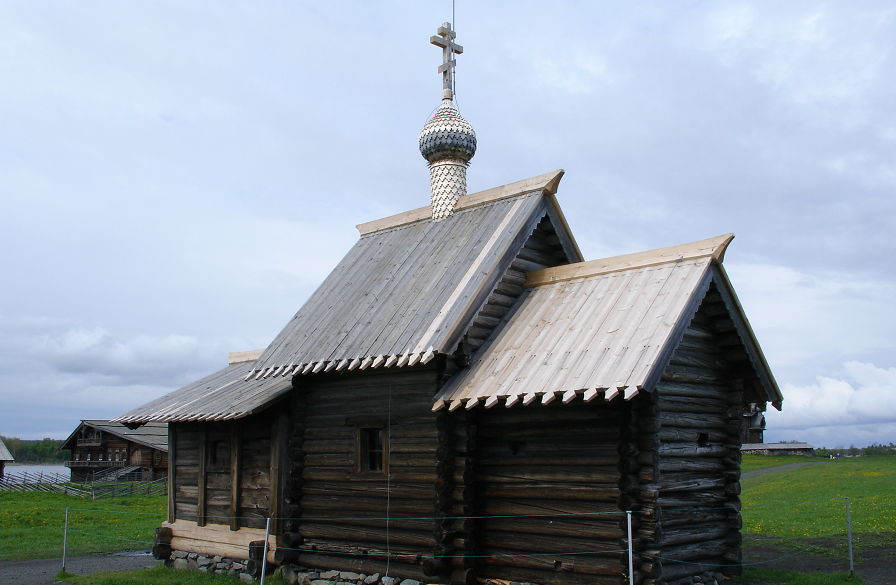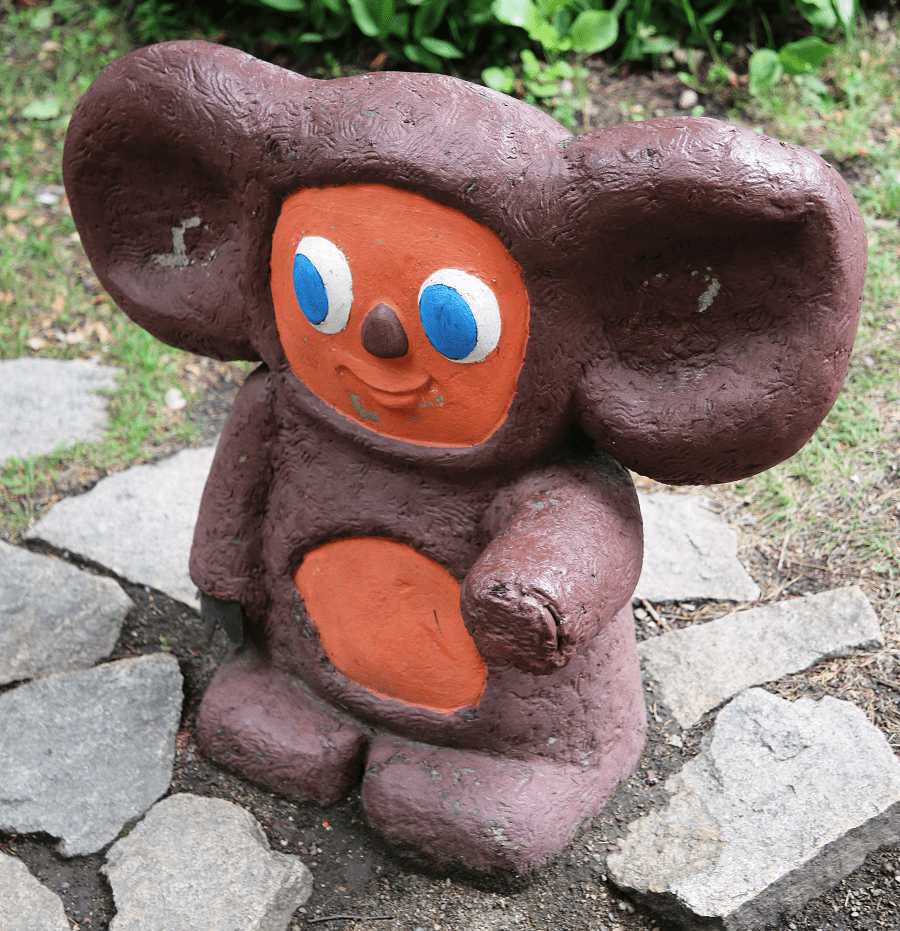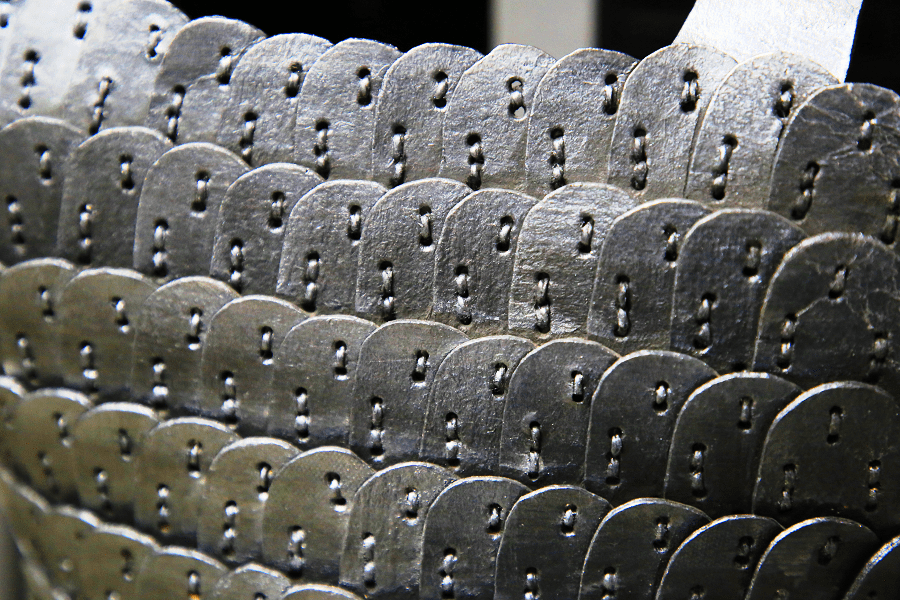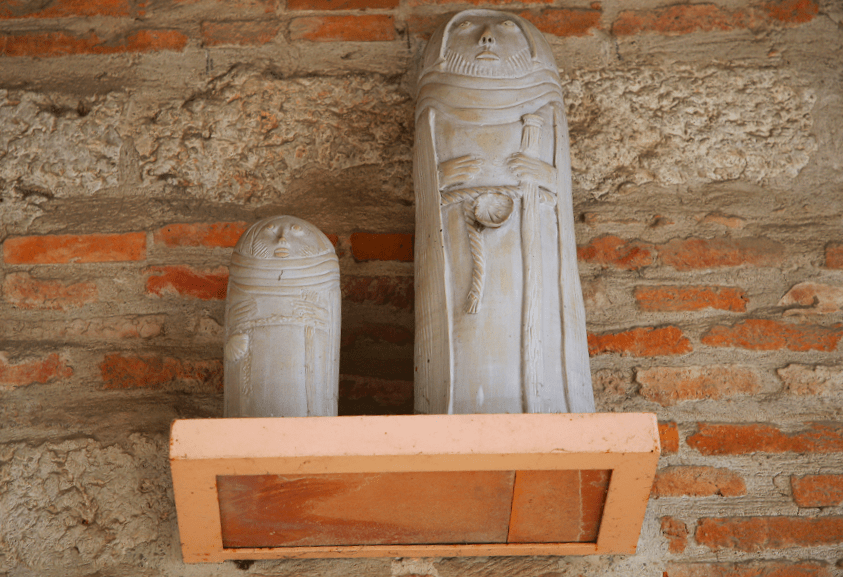Log design: the oldest log buildings in Russia. Church of the Resurrection of Lazarus. The logs of this church refer to a period not later than 1480
Church of the Resurrection of Lazarus is an Orthodox church on the Kizhi island in Karelia. It is located in the Russian Zaonezhie sector of the Kizhi State Historical and Architectural Museum. It is considered one of the oldest surviving wooden churches in Russia along with the Church of the Deposition of the Robe from Borodava village. Included in the Patriarchal Savior-Kizhi Metochion.
The church was built according to legend in the second half of the XIV century by the founder of the Murom monastery, the Reverend Lazar of Murom. Rev. Lazarus died in 1391 at the 105th year of his life and was buried near the temple altar. A chapel was built on his grave in 1811. Scientific research dated the temple from the fourteenth to the sixteenth centuries. The main and altar premises were built in the XIV century, and the framed inner porch was added in the XVI century according to the compromise version. The construction date is the 15th century on Kizhi Museum-Reserve the website.
The Church of the Dormition of the Theotokos and the Church of the Nativity of John the Baptist appeared in the Murom Monastery over time, and the Church of the Resurrection of Lazarus appeared behind the monastery “on the Grave”, that is, in the cemetery. It was mentioned In the mid-15th century that Abbot Athanasius, the successor of the Rev. Lazarus, “was not buried in the cemetery near the Church of the Resurrection, but in the monastery itself”.
Mentioned in the cadastres of Yuri Saburov in 1496, Andrei Plescheev 1583, Prince Ivan Dolgoruky, and the scrivener Posnik Rakov in 1628. The latter indicates that the temple is of square cottage-like shape, and the interior is also described for the first time: “And in the church are images: the image of the local Lazarev Resurrection on paint; the image of the Holy Virgin Hodegetria on paint; Deesis and the king’s doors and inner porch and columns on paint; And in the altar behind the throne, the image of the Most Holy Theotokos Hodegetria, and on the other side the image of St. Nicholas the Wonderworker on paint; remote cross on paint; indytya, and red cover ».
It was abolished due to the monastery buildings’ dilapidation in 1788, and the temples were used as a parish. The monastery was restored at the initiative of I.I. Malokroshechnyi in 1867. The Church of the Resurrection of Lazarus was surrounded by a fence in 1875. The architect L.V. Dahl took the temple measurements and drew drawings in the 1870s. The church was enclosed in a chapel-case, tho iconostasis underwent changes, the narthex was dismantled in the 1880s. The Soviet authorities closed the monastery and confiscated its property in 1918.
A.V. Opolovnikov prepared the temple restoration project in 1954. It was disassembled and transported to the Kizhi Museum-Reserve in 1959. A long stay in the case led to the fungus appearance. The rotten boards were replaced, and the narthex was restored according to the drawings of L.V. Dahl.
Coordinates: 62°03′58″ N 35°13′32″ E












